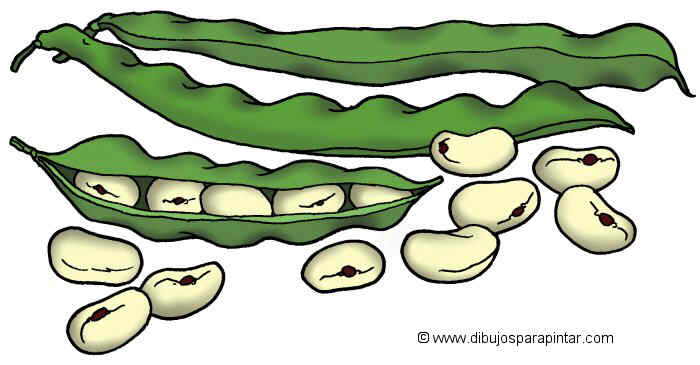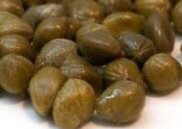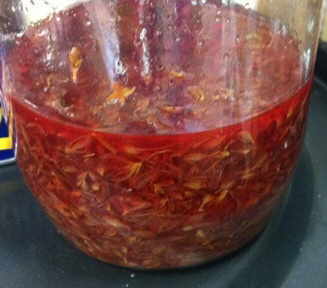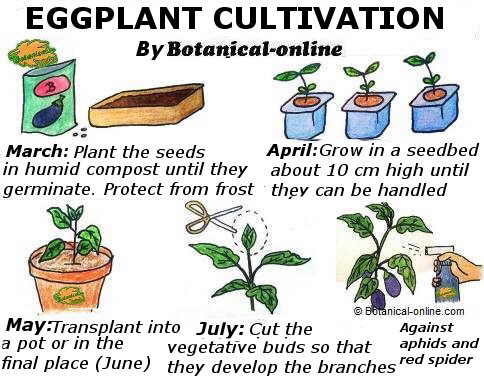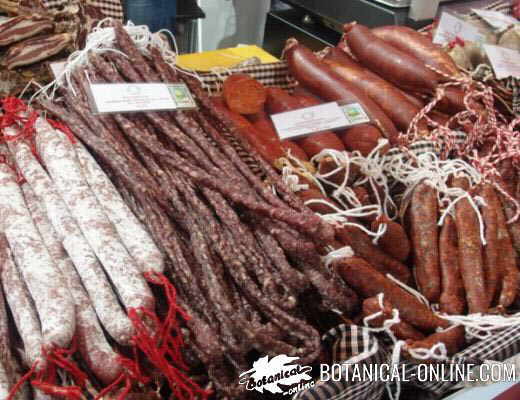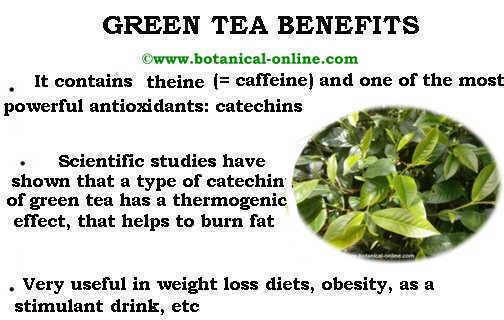Contents
How to change crops to increase production and avoid plagues
What is crop rotation?
Crop rotation is a plant growing technique which consists on not growing the same crops in the same place. This type of technique is very common, for example, for cereals and legumes.
It is also applied to plants that have deep roots and others that have superficial ones or for plants that require a different fertilizer.
Crop rotation has been used forever as a traditional method to avoid spoiling the soil and to prevent pests or plant diseases.
Advantages of crop rotation
With the emergence of spraying with chemicals, the use of chemical fertilizers and the use of agricultural techniques, plant cultivation was achieved for many years without crop rotation. However, the growing practice of organic farming, which is attempted without using insecticides or pesticides, advocates using increasingly abundant natural fertilizers, has once again put in place the benefits of crop rotation.
Crop rotation can be accomplished not only between different food groups but also between related groups. Crop rotation means that the vegetables should not stand forever in the same places.
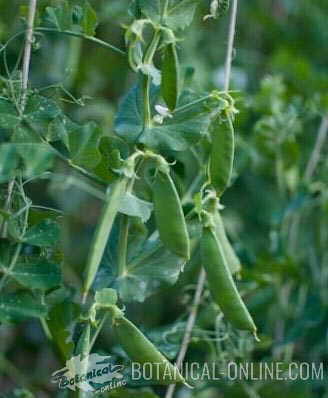
Legumes provide nitrogen to the soil
Crop rotation implies the following advantages:
- Avoid diseases: It has been shown that, if certain crops are planted in the same place, this usually promotes the emergence of diseases. For example, if vegetables from the cabbage family are planted in the same place one crop after another, after a little time, they develop abundant pests that affect these plants.
On the contrary, if these crops are alternated with other plants such as peas, spinach or carrots, these diseases are much more controlled and it is not necessary to use pesticides.
- Add minerals to the soil: Crop rotation also controls the level of minerals in the soil, maintaining a fairly high level so you do not have to add extra doses. For example, cultivation of legumes (beans, lentils, chickpeas, peanuts, soy, etc) enrich the soil because of their fix nitrogen from the atmosphere.
Legumes have nodules on their roots where leguminosarum Rhizobium bacteria develop. They are nitrifying bacteria, since they are responsible for fixing nitrogen. Part of this nitrogen fixes in the soil, enriching it.
When planting vegetables, after legumes or in combination with them, they take advantage of the surplus that remains in the soil. Crop rotation is to learn techniques to combine the right crops in a suitable manner
- Less weeds growing: If proper crop rotations, soil can be kept constantly busy, which determines a lower growth of weeds. For example, potatoes, produce as much branching that it almost covers all the soil.
How to rotate the vegetables properly
Before planning the rotation of vegetables we have to divide these plants into three different groups, as shown in the table below:
![]() Vegetables that are well suited to rotations. The arrow indicates the order and direction of rotation
Vegetables that are well suited to rotations. The arrow indicates the order and direction of rotation
![]() Vegetables that require special treatment
Vegetables that require special treatment
Types of vegetables | ||
Legumes | (onions) | Root vegetables, tubers and solanaceae (Potato family) |
Pea Scarlet runner Lima bean Chickpea Soybean
| Onion bulb Spring Onion Chive Chive Shallot Garlic Leek Shallot
| Tomato Eggplant Pepper Solano Potato Carrot Parsnip Salsify Colocasia Jerusalem artichoke Rutabaga Beet Sweet potato Celery Celeriac Parsley Fennel
|
Cruciferae (Cabbage family) | ||
Cauliflower Cabbage Brussels Sprouts China cabbage Kale Broccoli Chinese Broccoli Calabrian Radish Turnip Kohlrabi Rape Kohlrabi Pak choi Mizuna greens | ||
Cucumber Pumpkin Zucchini Squash Melon Watermelon Perennial vegetables Chicory Artichoke Thistle Rhubarb Wallet Perennial buckwheat variety Perennial Lettuce Dandelion Watercress Perennial cauliflower Sweet lechuguilla Asparagus Jerusalem artichokes Lettuce Endive Quenopodiaceae Chard Spinach | ||
Advice to rotate the vegetables properly
When planting vegetables some very basic rules should be taken into account:
- It is advisable to plant beans before planting another crop.
- The crops best suited to a crop rotation are those who have very different nutritional requirements. For example, if we have planted a crop that requires many nutrients to the point of exhausting the soil, such as eggplants, cabbages, potatoes or spinach, it is best to plant another type of plant that enriches the soil, such as legumes
- Do not plant one type of vegetable of the same group for over two years in a row. If a group of vegetables is planted for longer, many diseases often appear. Once you have abandoned its cultivation, you should rest the ground for this type of plants a minimum of three years.
- Deeprooted plants should be replaced by shallow-rooted plants and shallow-rooted plants should be replaced with deeprooted plants.
- Plants that require much manure should be replaced with plants that require less.
- The plants that cover the ground, like potatoes, should be planted before those that have a more open and upright growing, like onions, to control the growth of weeds.
- Salad plants will alternate between other crops or in clumps with other perennial plants.
- Perennial vegetables should not be rotated. It is best to include them in their own clumps.
Crop rotation calendar
The following table shows an example of crop rotation for a period of 10 years.
First period of 5 years | |||
1st year | |||
Winter | Spring – Summer | Summer – Fall | |
Spinach | Tomatoes | Escarole or Cabbage | |
2nd year | |||
Winter | Spring – Summer | Summer – Fall | |
Escarole or Cabbage | Peas or Beans | cauliflower | |
3rd year | |||
Winter | Summer – Fall | Summer – Fall | |
Cauliflower | Lettuce | Artichokes | |
4th year | |||
Winter | Summer – Fall | Spring – Summer – Fall | |
Artichokes | 1 yearLettuce | Artichokes | |
Artichokes | |||
5th year | |||
Winter – Spring – Summer | Summer – Fall | ||
Artichokes | Spinach | ||
Second period of 5 years | |||
1st year | |||
Winter – Spring – Summer | Summer – Fall | ||
Tomatoes | Celery | ||
2nd year | |||
Winter | Spring – Summer | Summer – Fall | Fall |
Celery | Melon | Cauliflowers | Onions |
3rd year | |||
Winter-Spring | Spring – Summer – Fall | Fall | |
Onions | Sweet potatoes | Peas | |
4th year | |||
Winter – Spring – Summer | Summer – Fall | ||
Peas | Strawberries | ||
5th year | |||
Winter – Spring – Summer | Summer – Fall | ||
Strawberries | Lettuce | ||
![]() More information on vegetable growing
More information on vegetable growing

